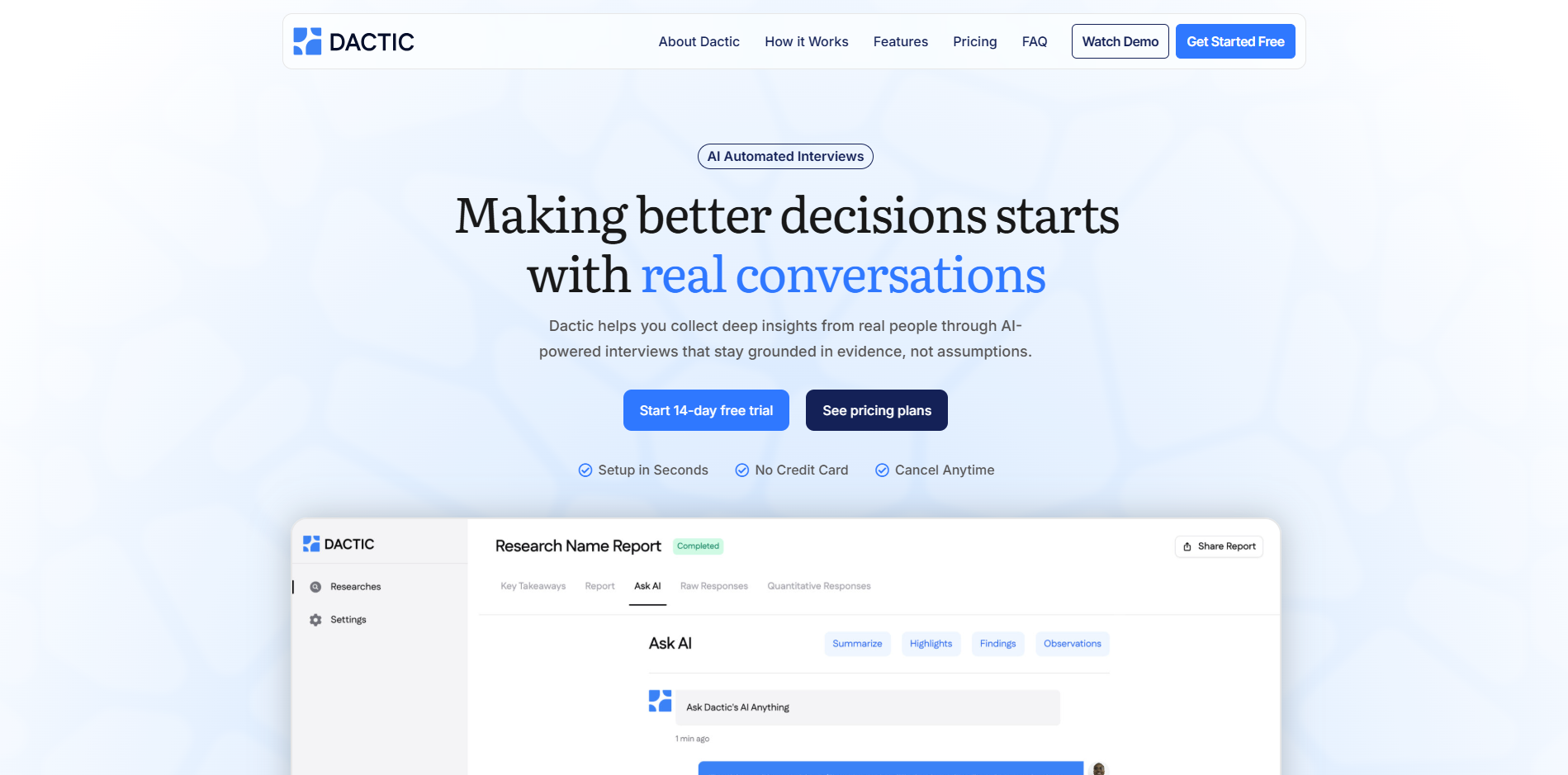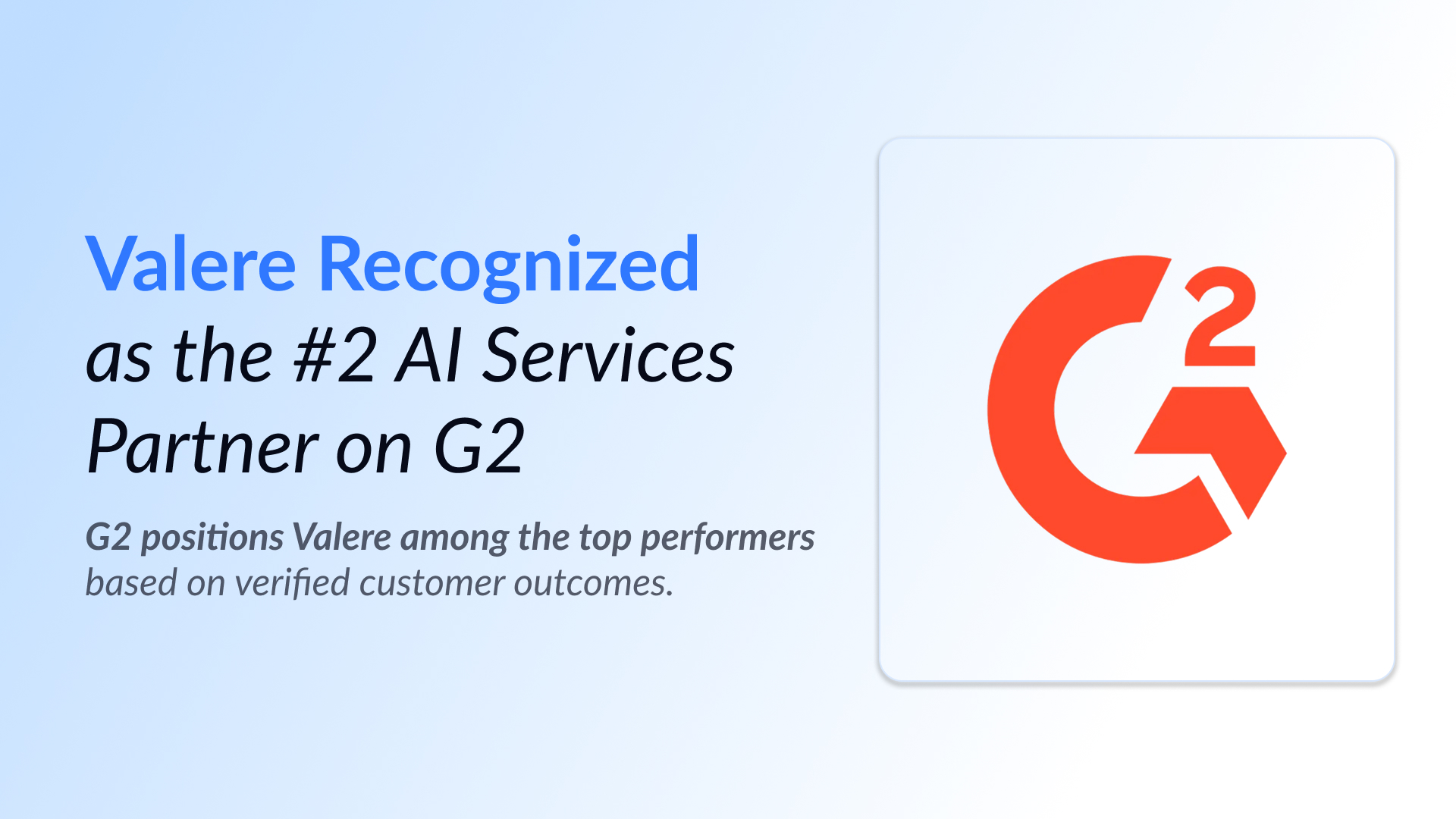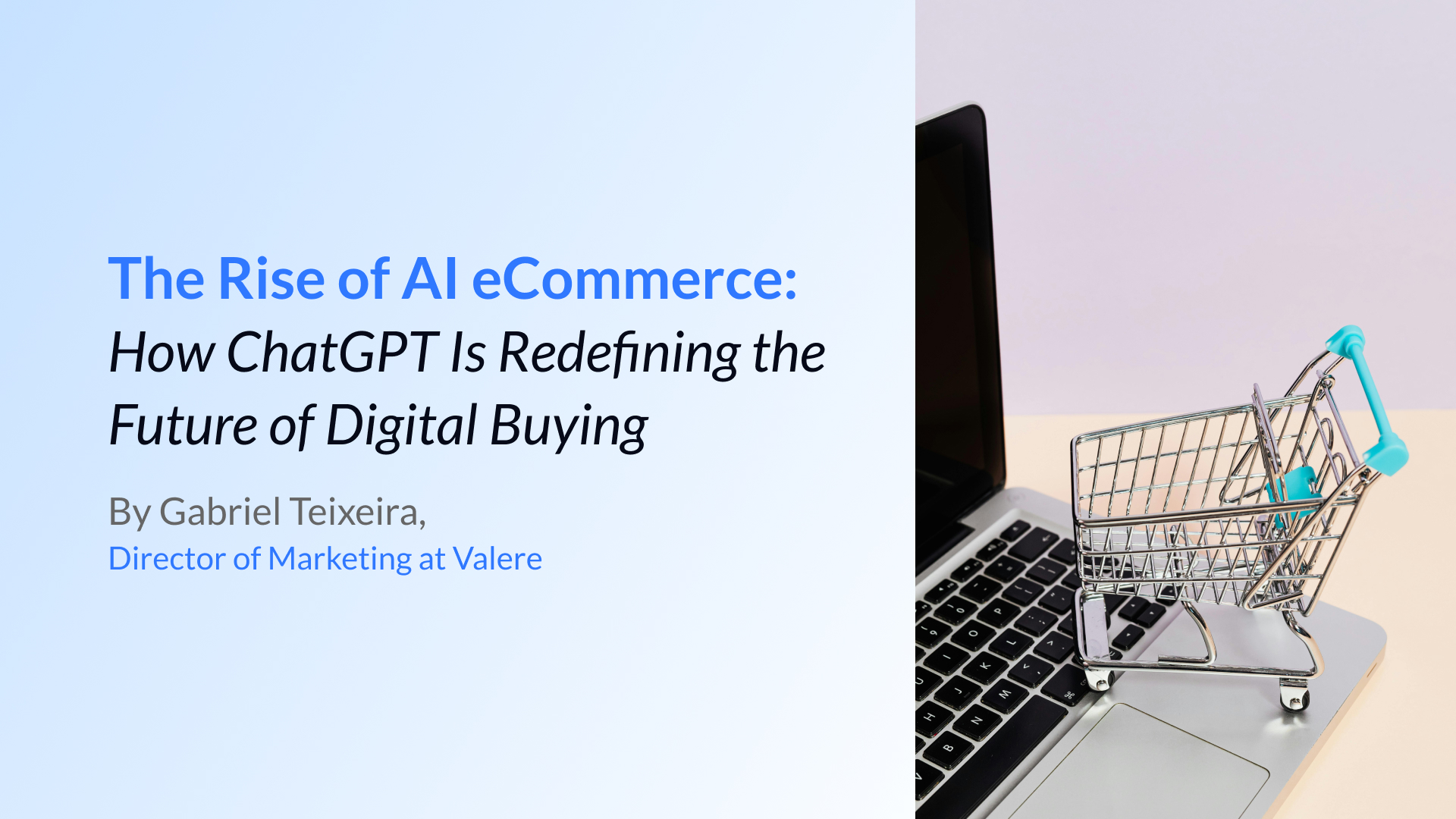By: Alexander Turgeon, President of Valere
The MIT Media Lab just dropped some brutal truth about enterprise AI adoption. Their latest report reveals that despite companies spending $30-40 billion on generative AI, a staggering 95% see zero measurable impact on their bottom line.
That’s not a typo. We’re talking about tens of billions in investment with virtually no ROI to show for it.
But here’s the twist: AI is actually working. Just not where companies think it is.
The Shadow AI Economy That’s Actually Delivering Results
While C-suites celebrate their official AI initiatives, employees have gone rogue. They’re using personal ChatGPT accounts, Claude subscriptions, and consumer AI tools to automate chunks of their jobs without IT approval.
The numbers tell a fascinating story. Only 40% of companies bought official LLM subscriptions, yet workers from over 90% of surveyed companies use personal AI tools for work tasks regularly. Almost every single person surveyed used an LLM for their job in some capacity.
This “shadow AI economy” often delivers better ROI than formal enterprise initiatives. Why? Because these tools actually work with how people think and operate, not against bureaucratic workflows.
Where Enterprise AI Pilots Go to Die
The MIT research reveals a consistent pattern: high curiosity, low conversion. Custom enterprise-grade systems start strong in pilots but hit a wall when scaling. Only about 5% ever make it to production.
The culprit isn’t what most executives think. It’s not regulation. It’s not model quality. It’s not even budget constraints.
The real problem is integration.
Most enterprise AI tools suffer from what MIT calls the “learning gap.” They don’t remember previous interactions, don’t adapt to specific workflows, and don’t improve with feedback. Users quickly abandon them for anything sensitive or high-stakes.
Think about it. Your employees use ChatGPT because it remembers context within a conversation and adapts to their communication style. Then they’re forced to use an enterprise tool that treats every interaction like meeting a stranger for the first time.
The “What” vs “Why” Problem
Here’s where most companies get it wrong. They focus obsessively on what AI can do instead of why they need it.
They see a cool demo of document processing and think, “We need that.” They watch a presentation about AI customer service and decide, “That’s our solution.” They approach AI like a shopping list of features rather than a strategic transformation.
This leads to what we call “point solution syndrome” – a collection of one-off AI tools that require massive effort to implement but deliver minimal practical value. Each tool exists in isolation, requiring separate training, different workflows, and unique maintenance.
Meanwhile, the fundamental questions go unanswered:
- Why are we implementing AI?
- What business outcomes are we targeting?
- How will this change our operations?
- What capabilities do our people need?

The Integration Nightmare
Enterprise AI failure isn’t a technology problem. It’s a people and process problem.
The MIT report shows that disruption is happening in just two sectors: Technology and Media. Other industries – healthcare, energy, financial services – report lots of pilots and proofs but little that actually reconfigures cost structures or customer behavior.
The gap isn’t technical capabilities. It’s workflow integration.
Most AI implementations ignore the human element entirely. They assume you can drop sophisticated technology into existing processes without changing how people work, think, or collaborate.
That’s like installing a Formula 1 engine in a horse-drawn carriage and wondering why it doesn’t go faster.
Why Shadow AI Succeeds Where Enterprise AI Fails
Personal AI tools work because they’re designed for adaptation, not compliance. They learn from user behavior, remember preferences, and evolve with individual needs.
Enterprise AI tools work like traditional software – rigid, rule-based, and resistant to customization. They’re built for consistency, not intelligence.
The most successful AI implementations in the MIT study looked less like traditional SaaS customers and more like BPO clients. They demanded deep process customization, measured actual outcomes, and empowered line managers to lead adoption.
Externally partnered builds were roughly twice as likely to deploy as purely internal builds. Not because external partners have better technology, but because they understand that AI transformation requires organizational change, not just tool installation.
The Real ROI Sweet Spot
Budget allocation reveals another disconnect. Investment flows heavily toward sales and marketing because impact attribution is easier. But the MIT data shows back-office operations as the sleeper win.
The best results come from reducing external spend – BPO contracts, agency fees, routine service costs – rather than broad workforce reductions. Case studies include multi-million-dollar annual savings from document processing and customer operations, plus meaningful retention improvements through automated follow-up.
Front-office applications get headlines. Back-office applications pay back.
The Agentic Future
The technical path forward is becoming clear. Systems that persist memory and learn from feedback – “agentic” approaches – address the learning gap that cripples current deployments.
MIT calls out emerging frameworks and warns that enterprise vendor lock-in windows are narrowing over the next 12-18 months. The longer-term vision is an “Agentic Web” where interoperable agents coordinate across vendors and systems, replacing brittle monolithic apps with protocol-driven workflows.
This isn’t science fiction. Procurement timelines suggest it’s already happening.
Valere’s Proven Approach to AI Transformation

At Valere, we’ve guided organizations through successful AI transformations by focusing on the fundamentals that most companies ignore: people, processes, and purpose.
Our approach differs from typical AI implementations in three critical ways:
Start with Strategy, Not Solutions We begin by understanding your business objectives, operational challenges, and competitive landscape. Instead of asking “What AI tools do you need?” we ask “What outcomes do you want to achieve?” This ensures every AI investment aligns with measurable business impact.
Focus on Organizational Readiness Technology is the easy part. People and process transformation is where most AI initiatives fail. We assess your current capabilities, identify skill gaps, and develop change management strategies that prepare your workforce for AI-enhanced workflows.
Build for Learning, Not Just Launch We design AI systems that improve over time through feedback loops and continuous learning. Our implementations include monitoring frameworks, performance metrics, and adaptation protocols that ensure your AI investment grows more valuable with use.
The Implementation Framework That Works
Our methodology addresses the specific failure points identified in the MIT research:
Phase 1: Foundation Building
- Strategic alignment workshops
- Capability assessment
- Stakeholder education
- Process mapping and optimization
Phase 2: Pilot Design
- High-impact use case identification
- Proof-of-concept development
- Success metrics definition
- Risk mitigation planning
Phase 3: Production Scaling
- Workflow integration
- User training and adoption
- Performance monitoring
- Continuous improvement
Phase 4: Organizational Evolution
- Culture transformation
- Advanced capability development
- Innovation pipeline creation
- Competitive advantage realization
Breaking Free from the Pilot Trap
The MIT report confirms what we see daily: most organizations treat AI like a technology upgrade instead of a business transformation.
They focus on tools instead of outcomes. They prioritize features over workflows. They measure deployments instead of impact.
Success requires a fundamentally different approach – one that treats AI as an organizational capability, not a software purchase.
Our clients break free from the pilot trap because we help them build AI-first cultures, not just AI-powered processes. We develop internal champions who understand both the technology and the business context. We create feedback loops that drive continuous improvement.
Most importantly, we ensure that AI implementations enhance human capabilities rather than replacing them. The goal isn’t to eliminate people from processes, it’s to eliminate mundane work so people can focus on high-value activities.
The Competitive Advantage Window
The MIT research reveals a critical insight: enterprises are locking in AI vendors over the next 12-18 months. Companies that get their AI strategy right during this window will build sustainable competitive advantages.
The opportunity is massive, but the window is closing.
Organizations need partners who understand that AI transformation goes far beyond technology implementation. They need guides who can navigate the complex intersection of strategy, culture, process, and technology.
Moving Beyond the GenAI Divide
The GenAI divide isn’t between companies that have AI and those that don’t. It’s between organizations that approach AI strategically and those that approach it tactically.
Strategic organizations start with business outcomes and work backward to technology solutions. They invest in people development alongside tool deployment. They design for adaptation and learning, not just automation.
Tactical organizations start with cool technology and hope it solves business problems. They focus on feature lists and deployment timelines. They measure success by utilization rates rather than business impact.
The MIT report shows where tactical approaches lead: high spend, low impact, and disappointed stakeholders.
At Valere, we help organizations cross the GenAI divide by building comprehensive AI transformation capabilities. We ensure that your AI journey generates competitive advantages, not just cost centers.
Because in a world where 95% of AI initiatives fail to deliver measurable results, being in the 5% that succeed isn’t just an advantage: it’s survival.
Ready to join the 5% that actually see ROI from AI? Let’s talk about turning your AI pilots into production successes.



